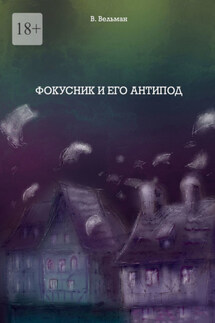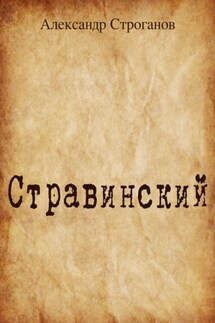Vol. 1(1). 2018 - страница 5
1) Cultural learning takes place using mimetic processes, i.e. processes of creative imitation (Wulf 2013a; Gebauer and Wulf 2018, 1998). Images play an important role here. This includes images of other people, images of the living environment and human images occurring gradually in synthetic processes. Human images give orientation and meaning. They are shared with other people and create feelings of belonging and togetherness. Herein lies the sustainability of their effect. Images are not easily adopted, but lived and internalised with other people and their interpretations. They occur in action and language games. In contrast to the instincts of animals, they are historically and culturally determined and can be changed.
2) Human images have profound effects because they occur at least partly in childhood and create a sense of being part of a community. They occupy the imaginary and become part of the imagination. They influence our perception of the world, culture and other people and our own self-perception. Human images become part of the person and his imagination and have an influence on his emotions. They are repeated and consolidated by the rhythms and rites of life. Like plants with extended roots, particular and universal human images are fixed in the imagination and gain effect from the connection with already existing ideas and images (Hüppauf, and Wulf 2009).
3) As images of the imagination and the imaginary, human images become part of the body (Wulf 2018; Pragrana 2016). They are inherent and therefore can be difficult to change. Often they consist not only of individual images, but of picture sequences, even of picture networks, with which heterogeneous, sometimes even paradoxical images are «captured». As a result, existing human images are repeatedly confirmed and their importance is reinforced (Wulf 2014).
THE WORLD BECOMES AN IMAGE
A characteristic of modernity is the fact that the world is opposite to man and is perceived as an object and an image. In ancient times, people, animals and the environment were part of living nature, the Physis. They were generally perceived as similar to each other. They were stimulated by the power, the dynamis of nature, the Physis. This relationship of people to the world was retained in the Middle Ages. Animals, people and world are created by God and have a common creatureliness. In the modern era this relationship of the (Western) human being to the world, to other people and to themselves changes. Nature is no longer experienced as animated. It becomes the object. The people are no longer part of nature or the world created by God, but are opposite it; they measure it and register it as «object». In this process the world becomes an image. With the development of new media this trend increases. Not only the world and the other people are perceived as images, we ourselves are also increasingly perceiving ourselves in the mode of images. The widespread use of digital photography in everyday life and especially the sefies are proof of this (Kontopodis, Varvantakis, and Wulf 2017). Using electronic photos or films we create all important events, and ultimately create an image of ourselves (Wulf 2013a, 2013b).
Human images show the central role images play, and with them the imagination and the imaginary world, for the constitution of the person and his education. They also make it clear how strongly the images are defined by their respective historical and cultural character and how important their research is within the framework of anthropology. Human images are images which the person creates of himself, and whose significance must be understood for his perception of the world, his memories and his future projections. They are generated by social and cultural practices of everyday life and by the arts. Human images become part of the collective and individual social and cultural imaginary world and thus play a part in shaping human activities. The creation of images is a feature, which we share as human beings, whose form, however, is very different in history and in different cultures. As the images and the imaginary world visualise something, which would otherwise remain invisible, their research is an important area of anthropology.






